Article Topics
As more and more people turn to Kratom and Cannabis strains for various purposes, it’s no surprise that many people are more curious about their differences. Many people are searching “kratom strain reviews to compare with cannabis strains” in 2023. While both of these products share similarities, there are notable differences between the two. Kratom is a natural herb derived from the Mitragyna speciosa tree native to Southeast Asia, and cannabis comes from the Cannabis Sativa plant found worldwide. The difference between these two herbs extends beyond the source plant, and a deeper understanding of these differences is crucial in deciding which one is best suited to your specific needs.
8 Major Differences Between Kratom And Cannabis Strains
1. Source
One of the significant distinguishing factors between these two strains is their source. While cannabis is a plant that can be grown either indoors or outdoors, kratom is derived from the leaves of the Mitragyna speciosa tree native to Southeast Asia. The source of these two plants plays a significant role in their chemical composition and effects.
Cannabis strains vary widely in their chemical makeup depending on soil type, lighting, and nutrients. In contrast, kratom leaves contain consistent alkaloids such as mitragynine and 7-hydroxymitragynine regardless of origin.
2. Active ingredients
When choosing between these plants, one of the most significant differences is their active ingredients. While Cannabis strains contain cannabinoids such as THC and CBD, Kratom strains contain mitragynine and 7-hydroxymitragynine.
These alkaloids are responsible for the unique effects of Kratom, which include boosting focus and concentration. On the other hand, the cannabinoids present in Cannabis strains for example produce effects that can cause relaxation.
3. Effects
Kratom and cannabis are two natural substances that have gained widespread attention in recent years. While they share some similarities, one of their significant differences lies in their effects. As mentioned above, depending on the variety, kratom can produce a range of effects, including increased focus and relaxation.
On the other hand, cannabis strains can vary significantly in their effects, with some strains producing feelings of relaxation while others can result in increased energy and creativity. Ultimately, the unique effects of each substance draw people to explore the many properties and benefits they offer.
4. Legality
One of the significant differences between these strains is their legality. While cannabis remains illegal at the federal level in the United States, many states have legalized it for medical and/or recreational use. On the other hand, kratom is legal in most states, but some have banned it or have pending legislation to do so.
The legality of these two substances can challenge those who rely on them for medical purposes. Despite the differences, both of these products have gained popularity in recent years for their potential benefits. It will be interesting to watch how the legal landscape of these substances evolves in the future.
5. Method of consumption
These strains have become increasingly popular and widely used across various cultures. While they share some similarities, they have crucial differences, particularly in how they are consumed. One of the significant differences is the method of consumption.
Kratom is commonly consumed by chewing its leaves, brewing a tea after crushing them or taking capsules filled with the powder. While Cannabis strains can be consumed through smoking, vaporizing, or even through edibles. The differences in consumption methods mean that these strains have different effects on the body and can produce different experiences.
6. Cost
Regarding the world of herbal products, Kratom and Cannabis strains are two of the most popular. While both offer unique benefits to those using them, one significant difference is cost. The former is generally considered more affordable than cannabis strains, making it accessible to a wider range.
However, this is not to say that Kratom is less effective than cannabis. In fact, many people have found that this product provides them with the benefits they need without breaking the bank. The choice between these two herbal remedies often depends on personal preference and budget.
7. Lasting duration
When comparing Kratom and Cannabis strains, one of the noticeable differences lies in their lasting duration. For those wondering, Kratom is a tropical tree found in Southeast Asia, while Cannabis is a plant that thrives in many parts of the world. Kratom offers effects that can last anywhere from 2-5 hours, depending on how much you take.
Compared to Cannabis strains, which typically last anywhere from 1-4 hours, it’s safe to say that Kratom’s lasting duration is slightly longer. This is valuable information to keep in mind when deciding what kind of experience you want to have.
8. Unique properties
Nature has an incredible way of creating diverse plant species, each with unique properties. Kratom and cannabis are two such plant strains with unique benefits for their users. While both plants are popular among individuals looking to enhance their wellness and overall quality of life, they have substantial differences.
The most notable difference between Kratom and cannabis strains is their unique properties. Contrary to this, cannabis is known for its other unique properties. It is fascinating how much impact these unique properties have on their users and their role in boosting their overall wellness.
Final Words
Kratom and cannabis have become increasingly popular in the wellness community for their potential benefits. While both substances have similarities in their effects, there are distinct differences between kratom and cannabis strains. Kratom is a naturally occurring tree in Southeast Asia, and its effects are primarily dependent on the strain taken. On the other hand, cannabis is a genus of flowering plants that has several subspecies, each with different effects. Kratom is not psychoactive, meaning it doesn’t produce an unwanted effect like cannabis does. Understanding the differences between the two can help users determine which substance would best suit their needs. It’s recommended to consult a healthcare professional before consuming any of these substances.

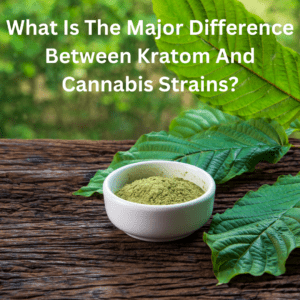
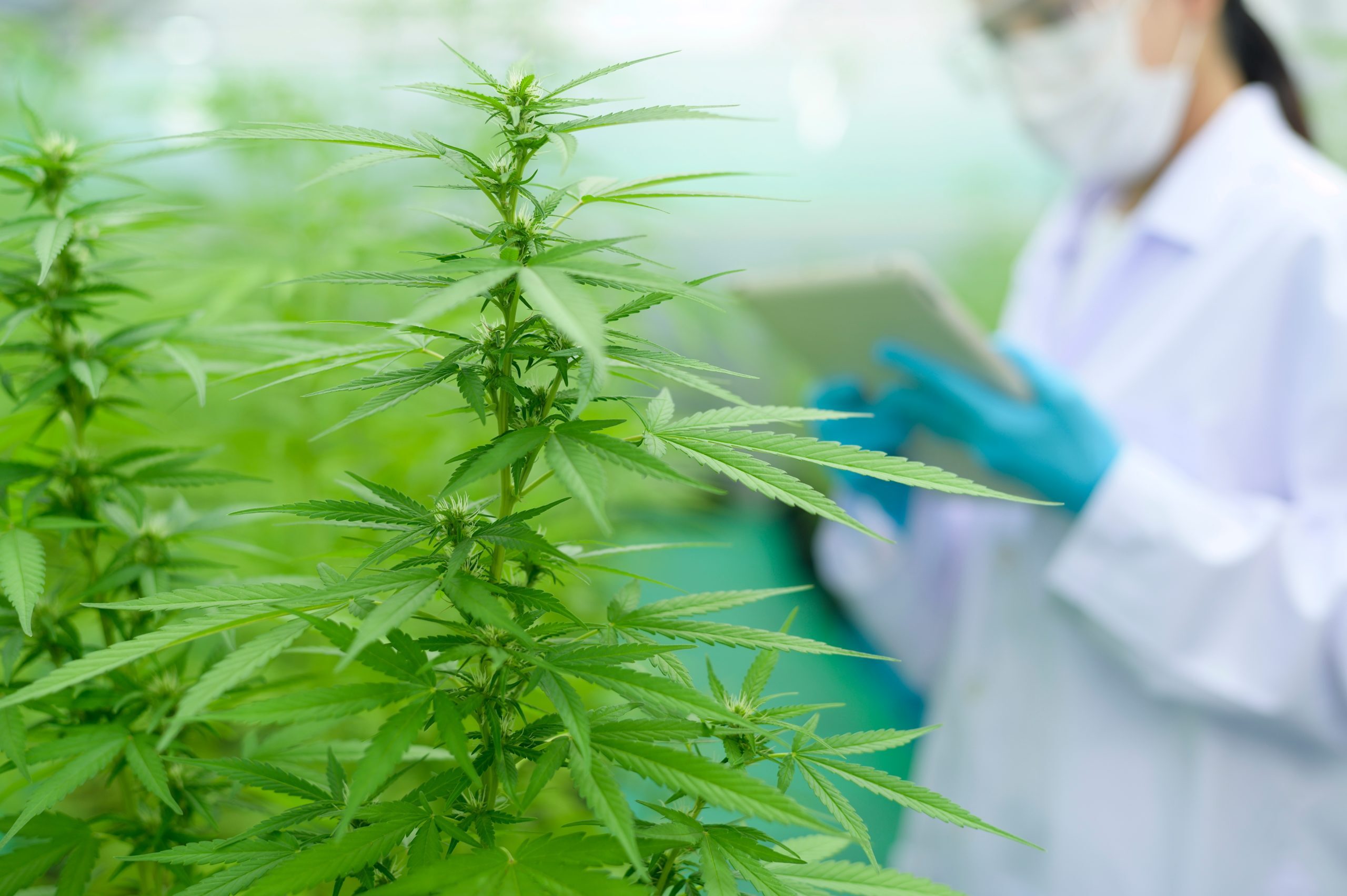

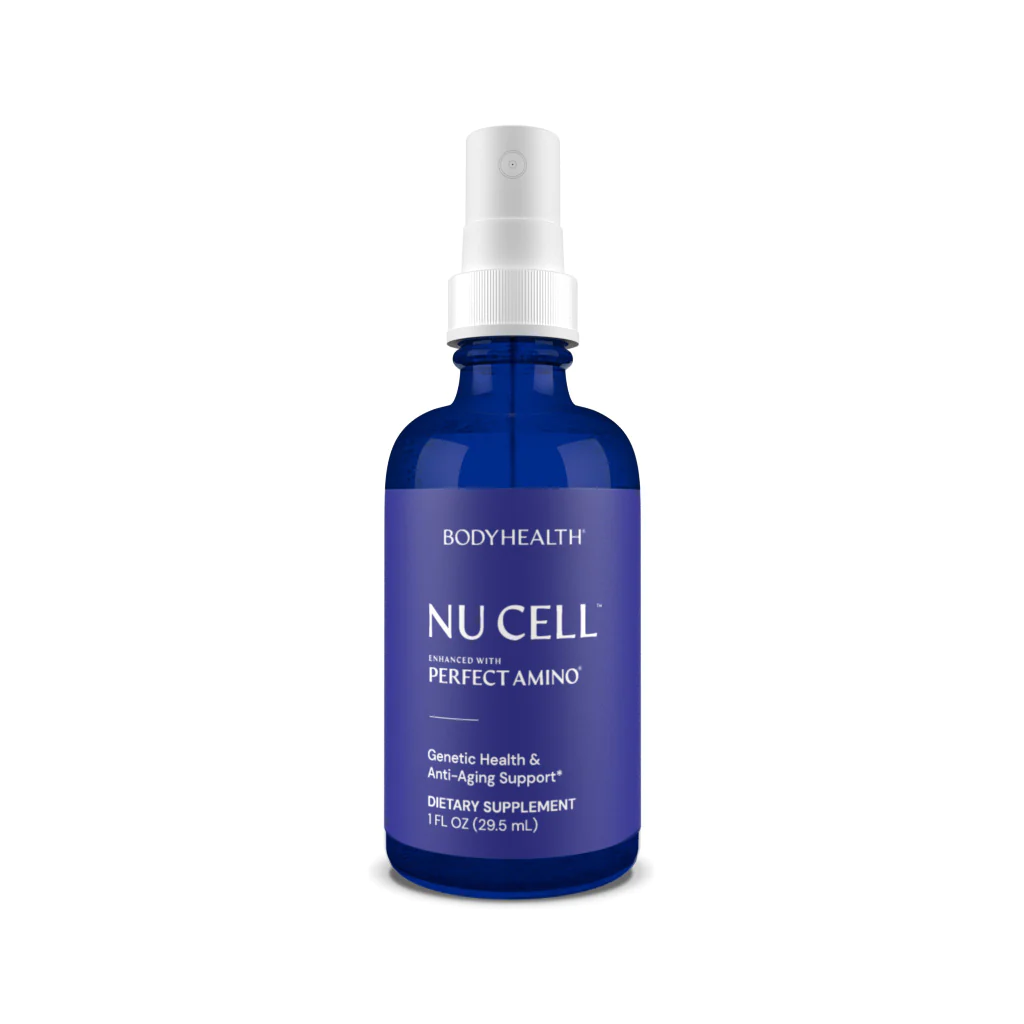
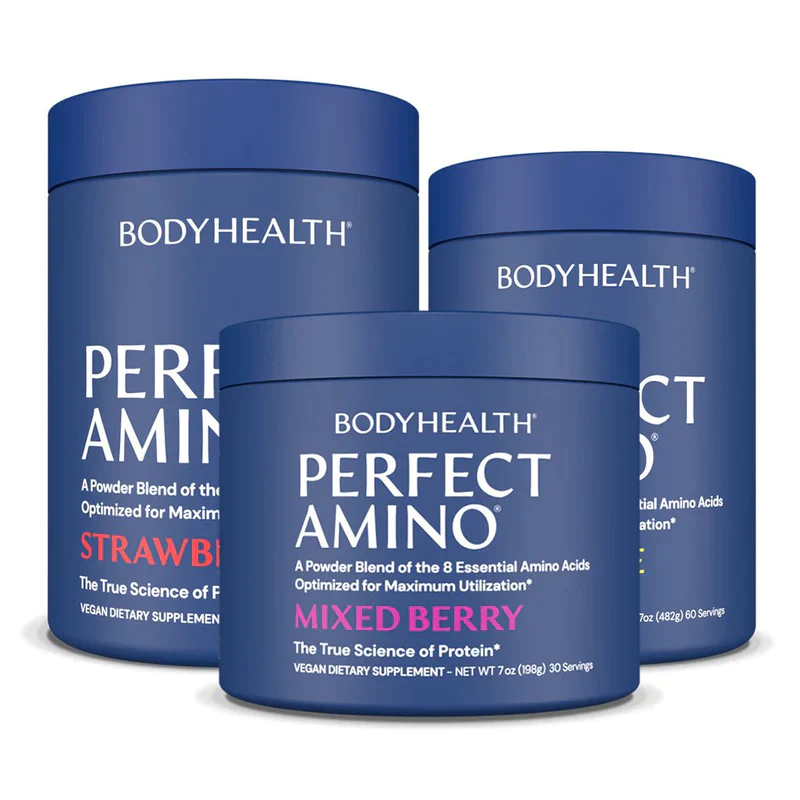

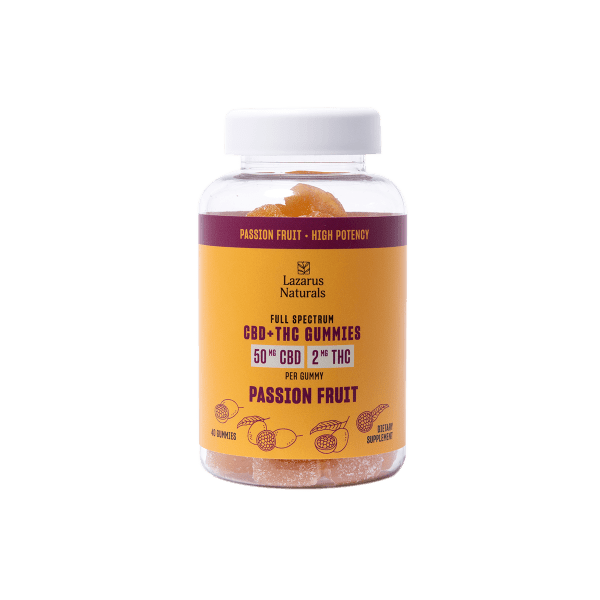








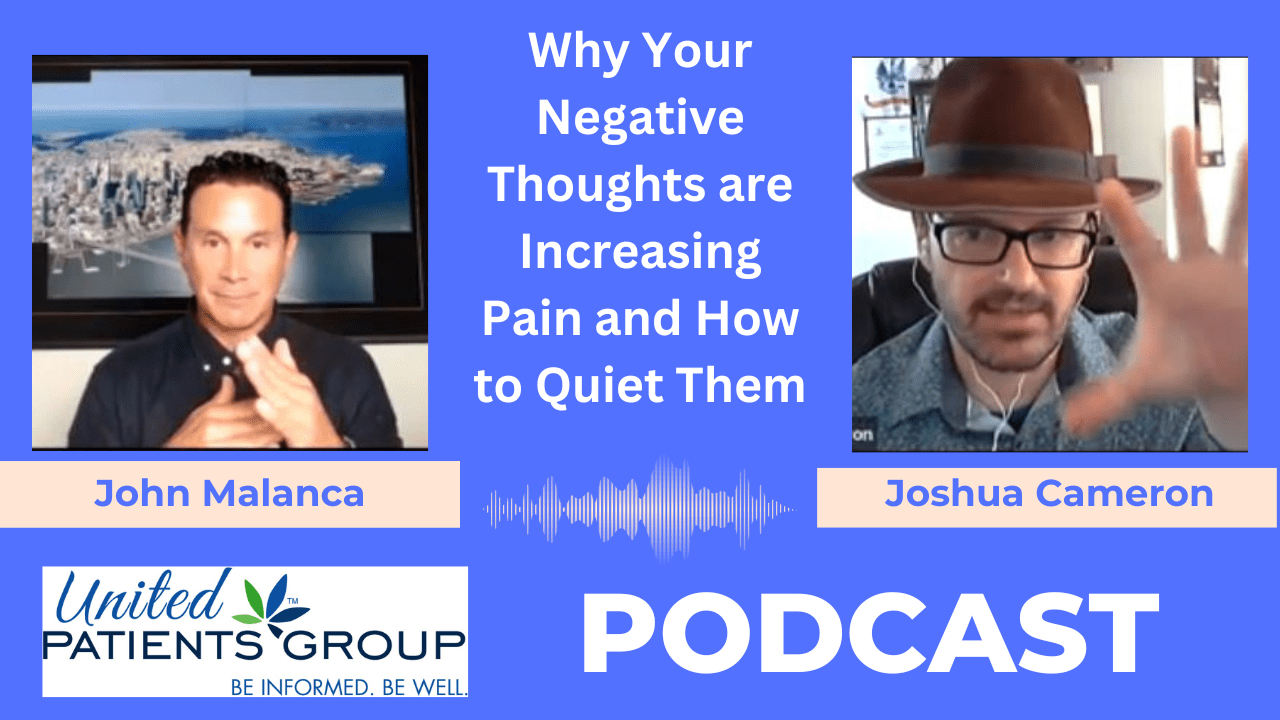






















Leave a Reply Cancel reply